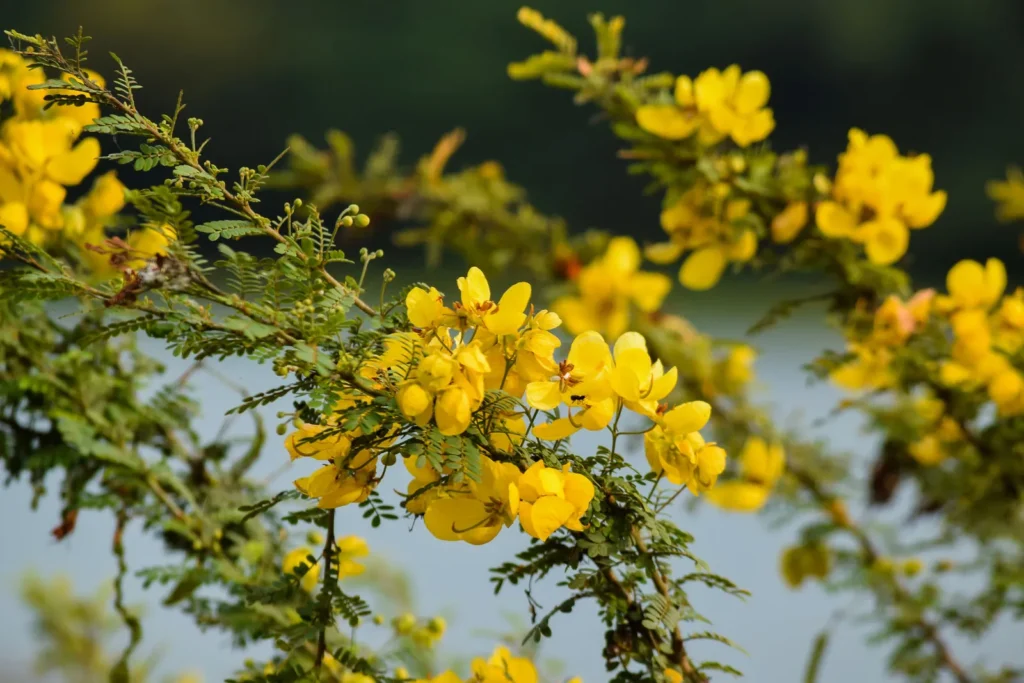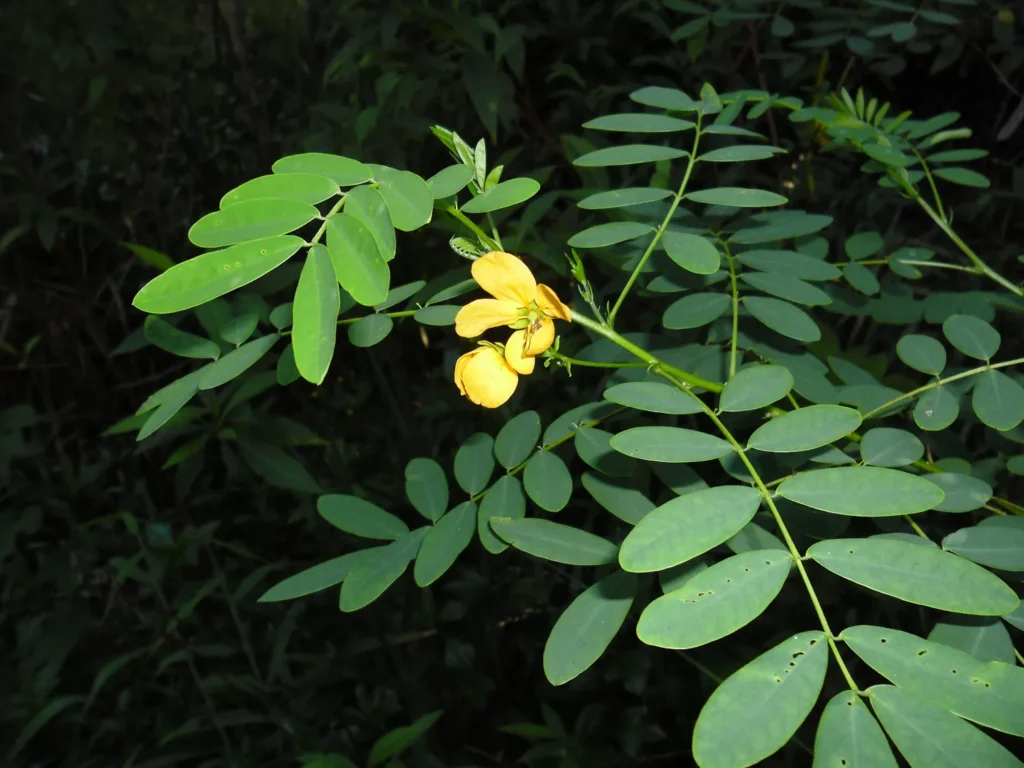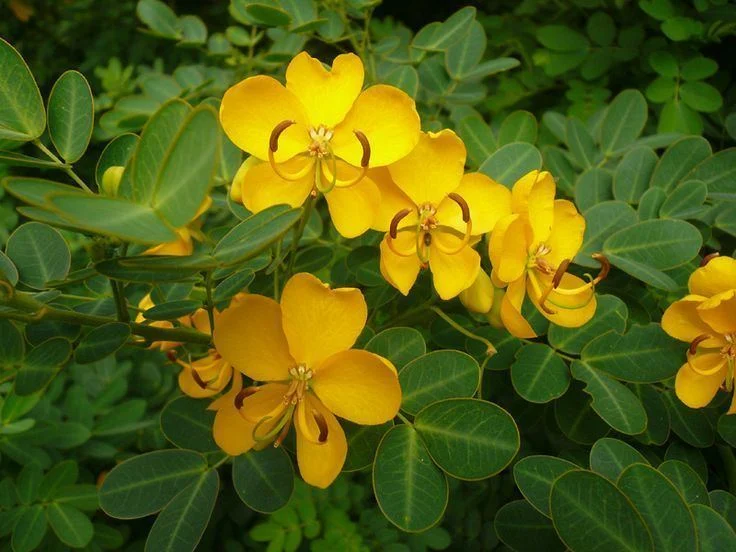Some plants are bold with their gifts, announcing their presence with vivid blooms or intoxicating scents. Senna, however, carries its medicine quietly in slender pods and feathery leaves, waiting for those in need of gentle relief. My own first brush with senna came under a sun-baked sky, when a fellow wanderer handed me a handful of dried pods, promising, “This will set things right again.”

Ancient Use, Modern Understanding
Senna (Senna alexandrina, formerly Cassia senna) has been known since ancient Egypt as the “cleansing herb.” For centuries, traders ferried senna leaves and pods along desert routes, prized for their ability to gently sweep the body clean. In old herbals, you’ll find recipes for teas and syrups, often paired with warming spices to soften the plant’s brisk action.
Modern science has pinpointed the secret: senna’s leaves and pods contain anthraquinone glycosides—primarily sennosides—which stimulate the colon, increasing movement and water secretion to produce a thorough, predictable laxative effect. For those recovering from illness, travel, or dietary change, senna’s gentle nudge is sometimes just what’s needed.
Growing Senna: Garden Ally and Desert Survivor
If you’re inclined to bring senna into your garden, you’ll find it surprisingly tough. Senna thrives in full sun, well-drained sandy or loamy soils, and tolerates drought once established. In warm climates, it can be a perennial shrub; elsewhere, it’s best grown as an annual. Sow seeds after the last frost, spacing well to accommodate the plant’s airy growth and pretty yellow flowers.
Wild senna (various Senna species) can be found along dry, open ground and roadsides in warmer regions across Africa, the Middle East, and parts of the Americas. It’s a plant that endures adversity, offering its medicine most freely where the earth is poorest.
Senna in Practice
For the herbalist on the move, senna is packed lightly—a few dried leaves or pods, steeped as tea when the body needs help to let go. The taste is bitter, the effect sure but not harsh when used thoughtfully. Ancient wisdom says to pair senna with ginger or fennel to minimize cramping, making the experience as gentle as a desert breeze.
Senna reminds me that sometimes, healing means helping the body release what it no longer needs—clearing the way for new strength to take root.


Senna Fact Sheet
- Botanical Name: Senna alexandrina (syn. Cassia senna), also includes other wild species
- Active Compounds: Sennosides (anthraquinone glycosides)
- Parts Used: Leaves and seed pods
- Traditional Uses: Natural laxative for occasional constipation, part of traditional cleansing and detox formulas
- Modern Science: Sennosides stimulate bowel movement and water secretion in the colon; reliably effective as a short-term laxative
- How to Grow:
- Sow seeds in full sun after frost; prefers sandy or loamy, well-drained soil
- Water sparingly once established
- Grows as a perennial in tropical/subtropical regions, annual elsewhere
- Harvest mature leaves and pods for drying
- Sow seeds in full sun after frost; prefers sandy or loamy, well-drained soil
- Where It Grows Wild:
- Native to North Africa, Middle East; naturalized in India, introduced to warm regions worldwide
- Wild relatives can be found in arid regions, fields, and disturbed soils
- Native to North Africa, Middle East; naturalized in India, introduced to warm regions worldwide
- Preparations:
- Dried leaves or pods as tea (infusion or decoction)
- Powdered or in capsule form
- Sometimes combined with warming herbs to reduce discomfort
- Dried leaves or pods as tea (infusion or decoction)
- Cautions:
- Use for short-term relief only; long-term use can cause dependency or electrolyte imbalance
- Not recommended in pregnancy, during breastfeeding, or for children under 12
- May cause abdominal cramping; pair with carminative herbs
- Always consult a healthcare provider for persistent constipation
- Use for short-term relief only; long-term use can cause dependency or electrolyte imbalance
***Gentle as the desert wind, senna helps the body let go, but should be used with respect and moderation.***

Leave a Reply